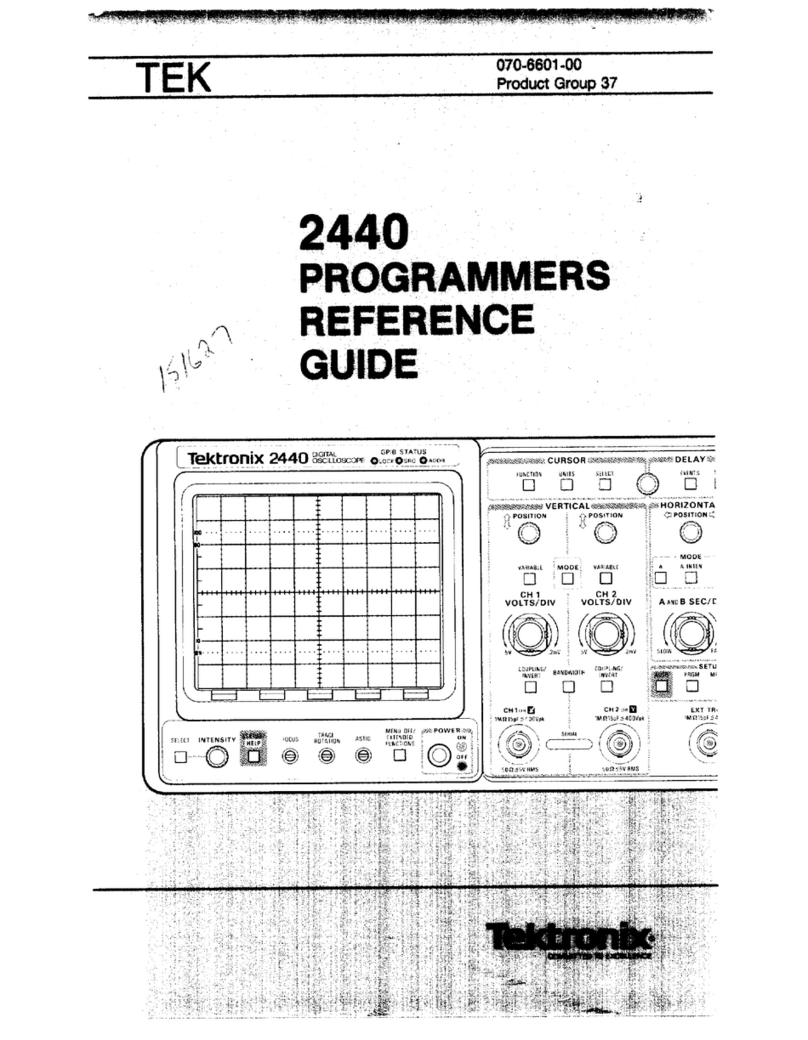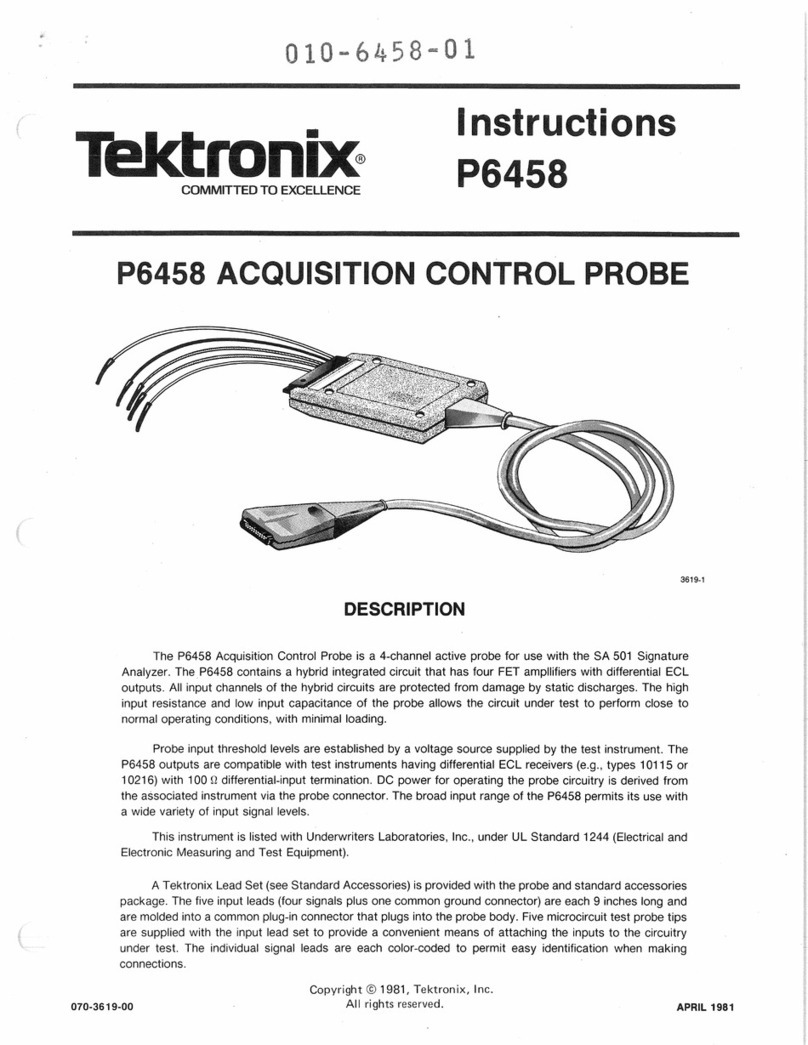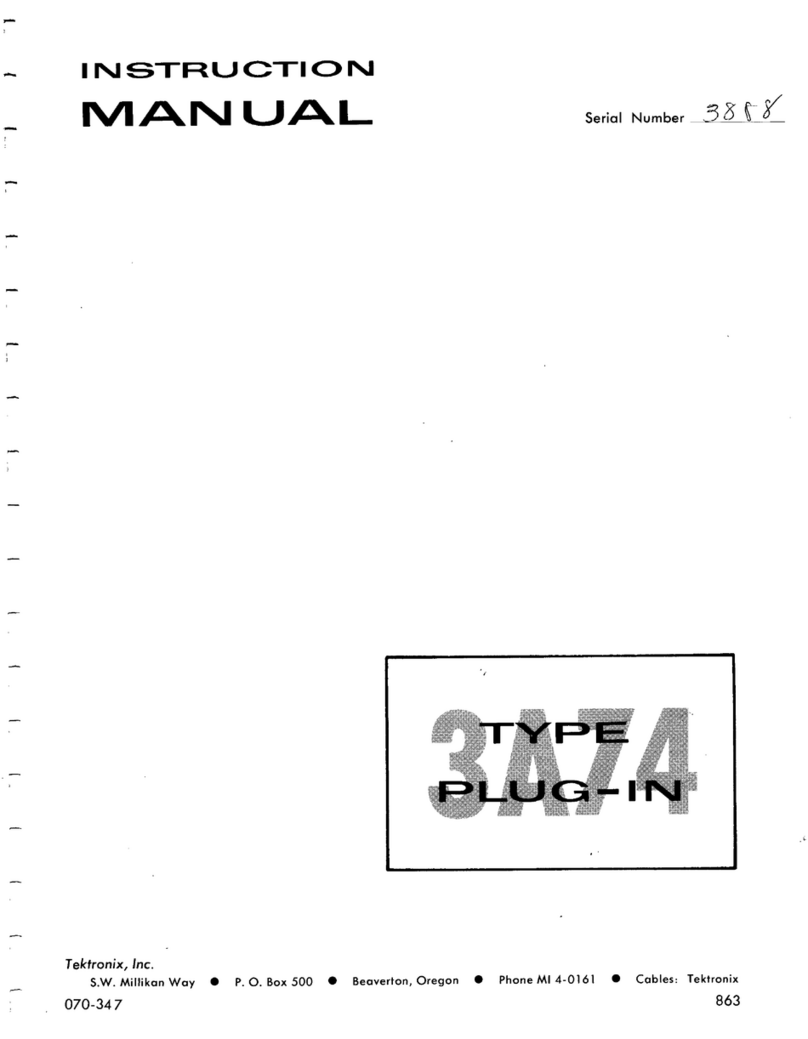Tektronix 7S11 User manual
Other Tektronix Test Equipment manuals
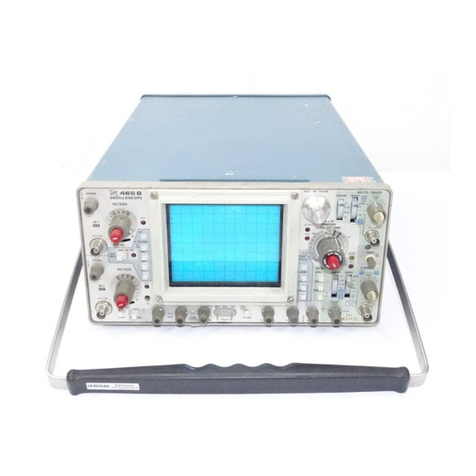
Tektronix
Tektronix 465B User manual

Tektronix
Tektronix SD-24 User manual

Tektronix
Tektronix TMT4 Manual

Tektronix
Tektronix 2213 Assembly instructions

Tektronix
Tektronix 80A07 User manual

Tektronix
Tektronix MDO32 Installation and maintenance instructions

Tektronix
Tektronix CTRL7100 Series User manual

Tektronix
Tektronix PM 101 User manual

Tektronix
Tektronix TDS1001B Installation and maintenance instructions
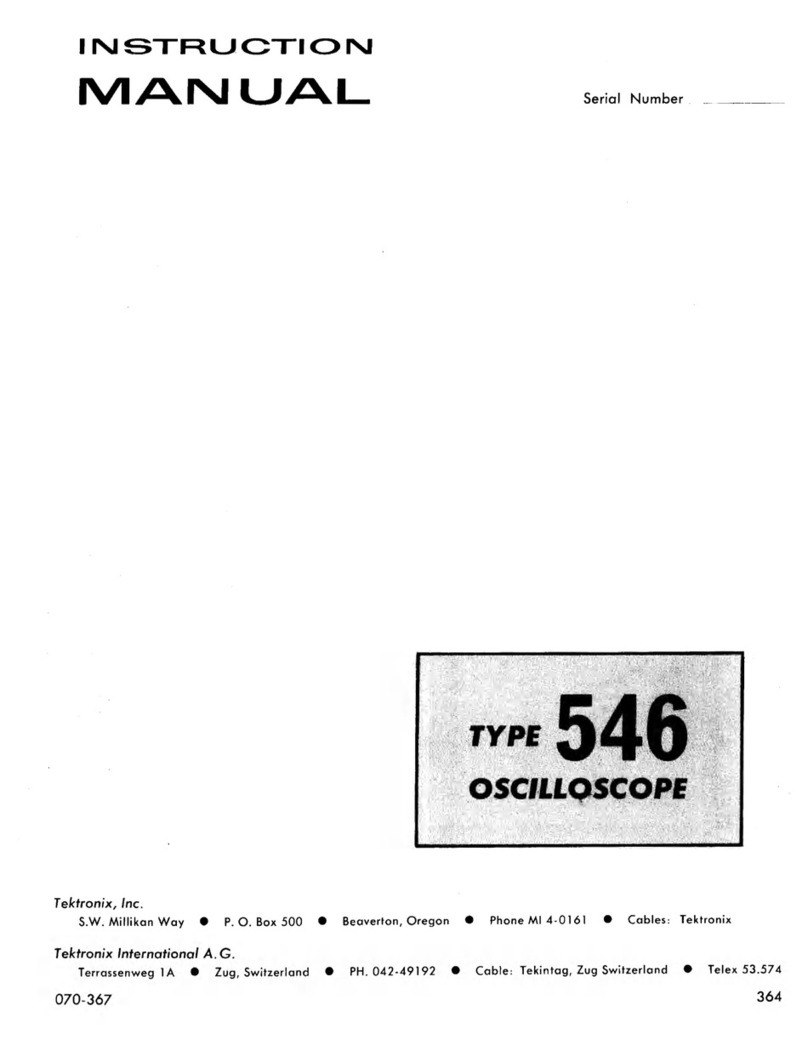
Tektronix
Tektronix 546 User manual
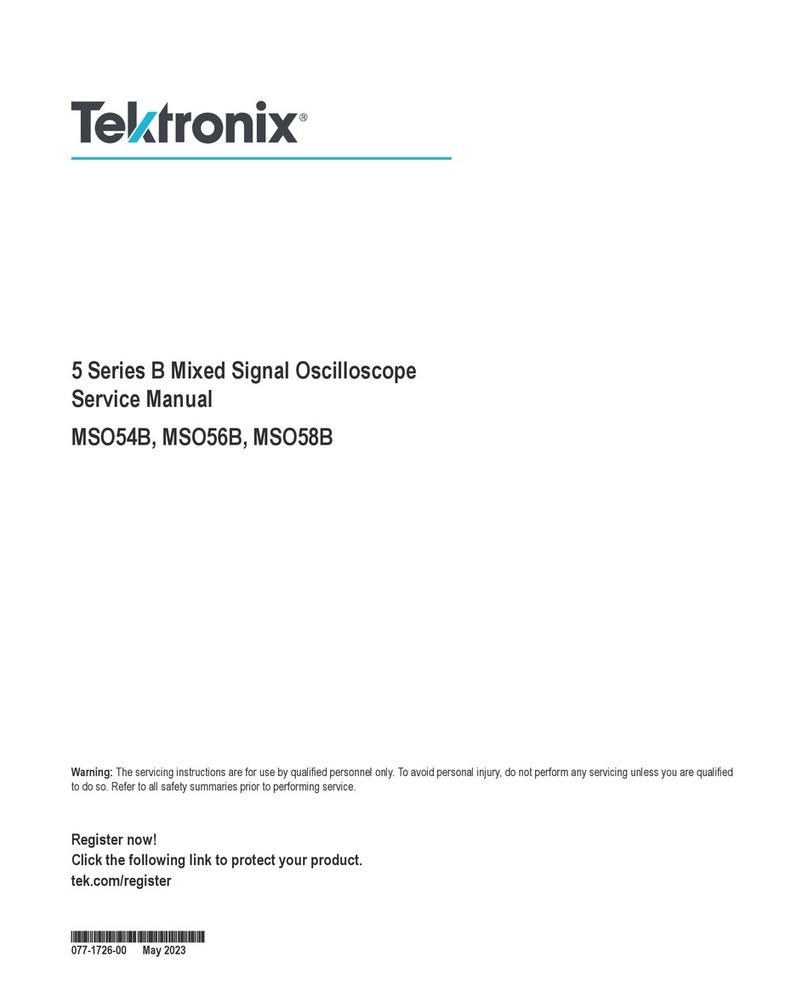
Tektronix
Tektronix MSO54B User manual

Tektronix
Tektronix TDS 520 User manual

Tektronix
Tektronix TDS3012C-NV User manual
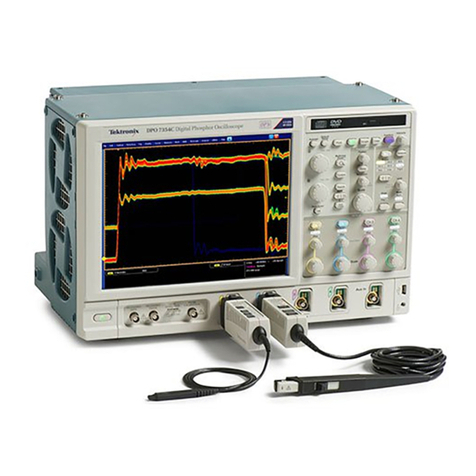
Tektronix
Tektronix DPO7000 Series User manual
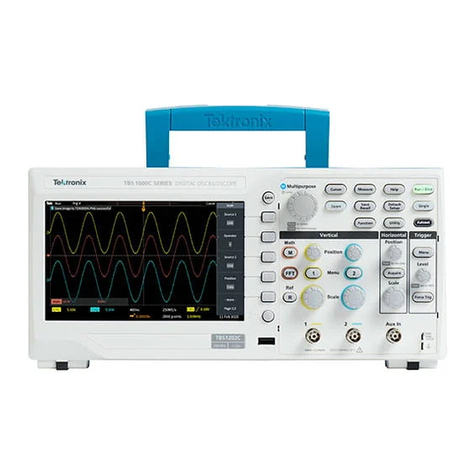
Tektronix
Tektronix TBS1000C Series User manual

Tektronix
Tektronix MTS400 Series Operating and maintenance manual
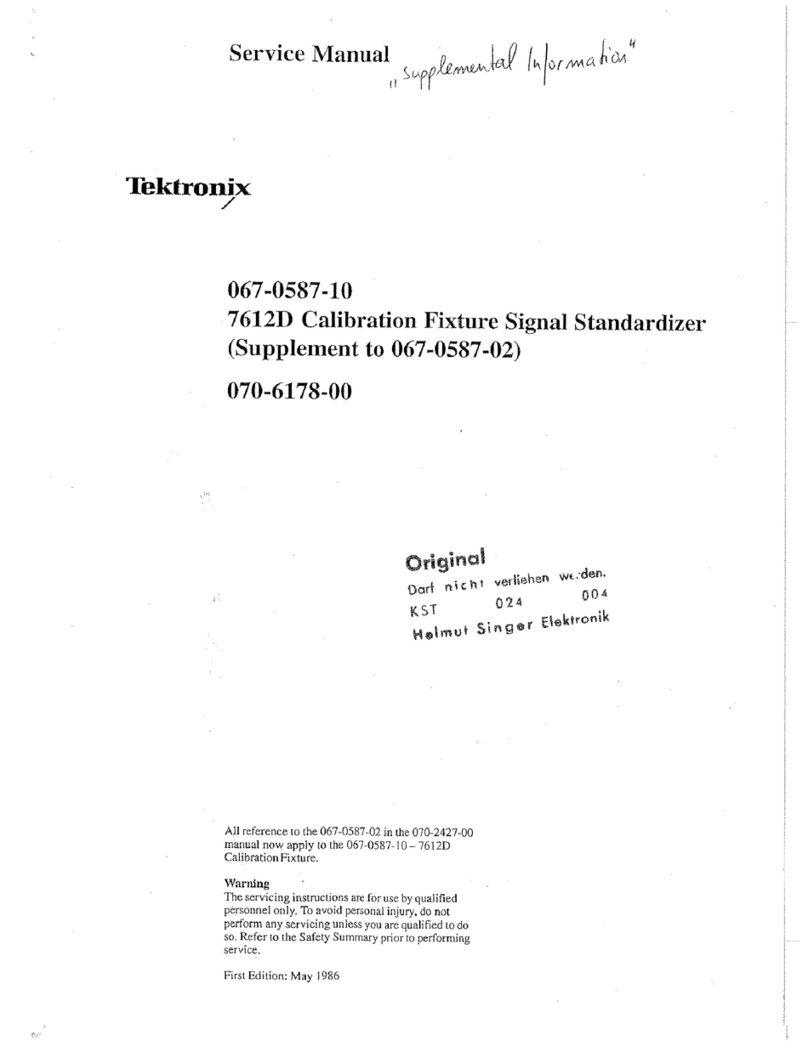
Tektronix
Tektronix 7612D User manual

Tektronix
Tektronix TDS1000 Series User manual

Tektronix
Tektronix TDS5000 Series User manual
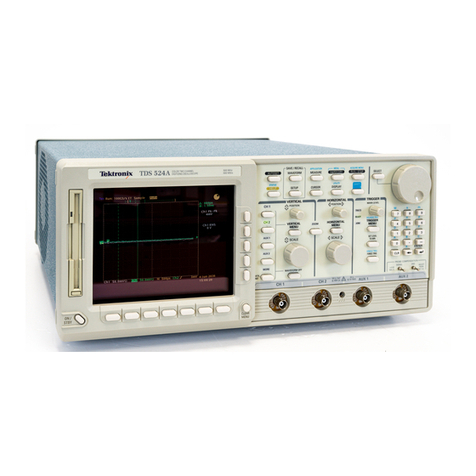
Tektronix
Tektronix TDS 520A User manual
Popular Test Equipment manuals by other brands

Redtech
Redtech TRAILERteck T05 user manual

Venmar
Venmar AVS Constructo 1.0 HRV user guide

Test Instrument Solutions
Test Instrument Solutions SafetyPAT operating manual

Hanna Instruments
Hanna Instruments HI 38078 instruction manual

Kistler
Kistler 5495C Series instruction manual

Waygate Technologies
Waygate Technologies DM5E Basic quick start guide

StoneL
StoneL DeviceNet CK464002A manual

Seica
Seica RAPID 220 Site preparation guide

Kingfisher
Kingfisher KI7400 Series Training manual

Kurth Electronic
Kurth Electronic CCTS-03 operating manual

SMART
SMART KANAAD SBT XTREME 3G Series user manual

Agilent Technologies
Agilent Technologies BERT Serial Getting started
